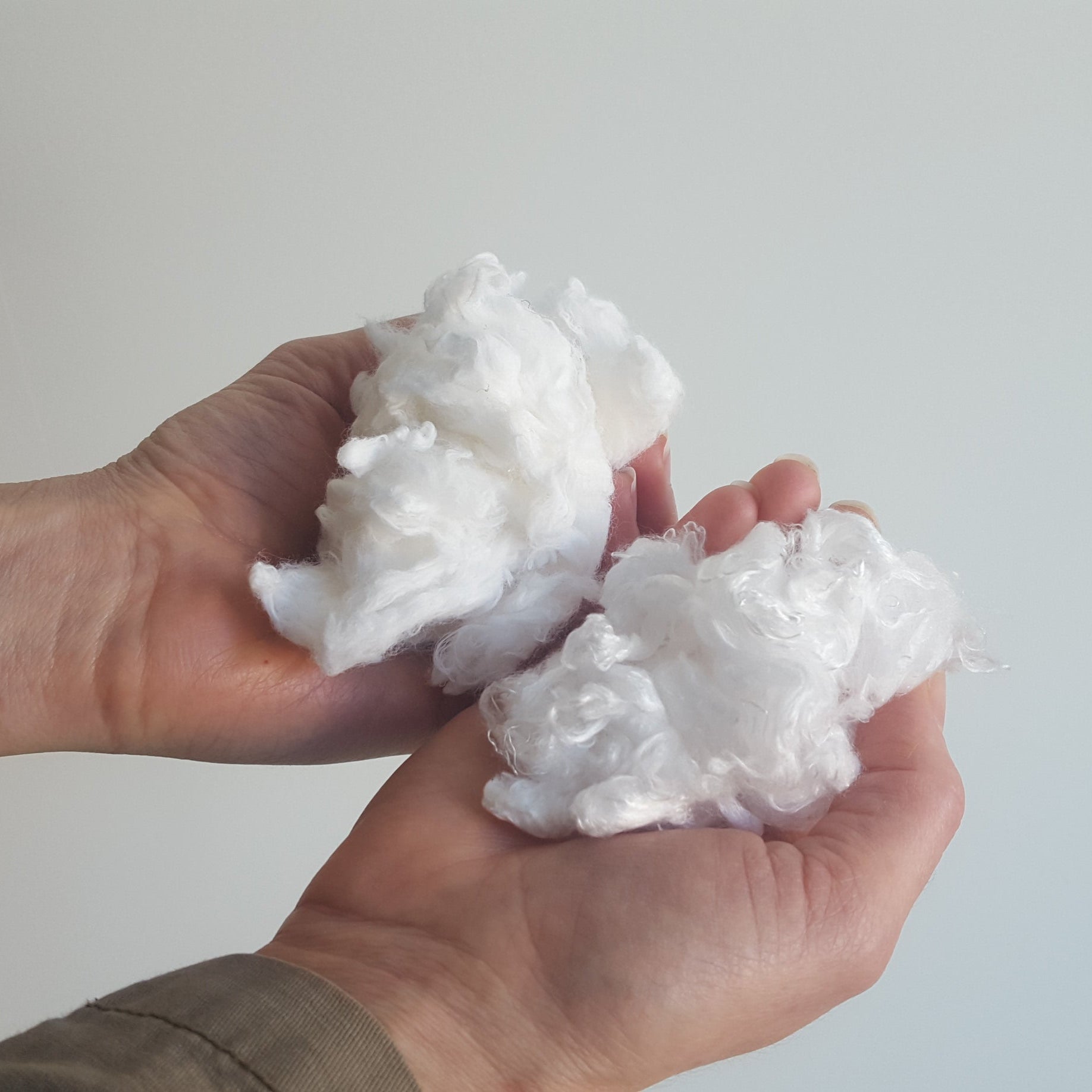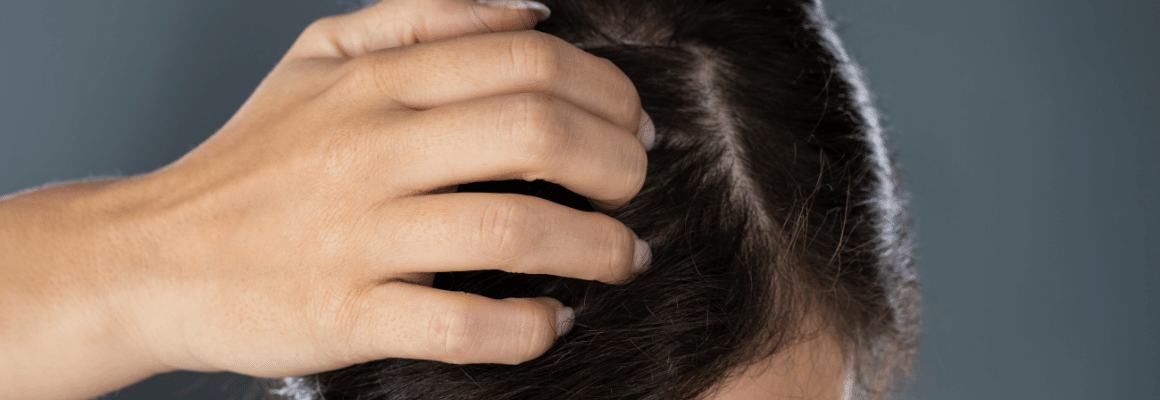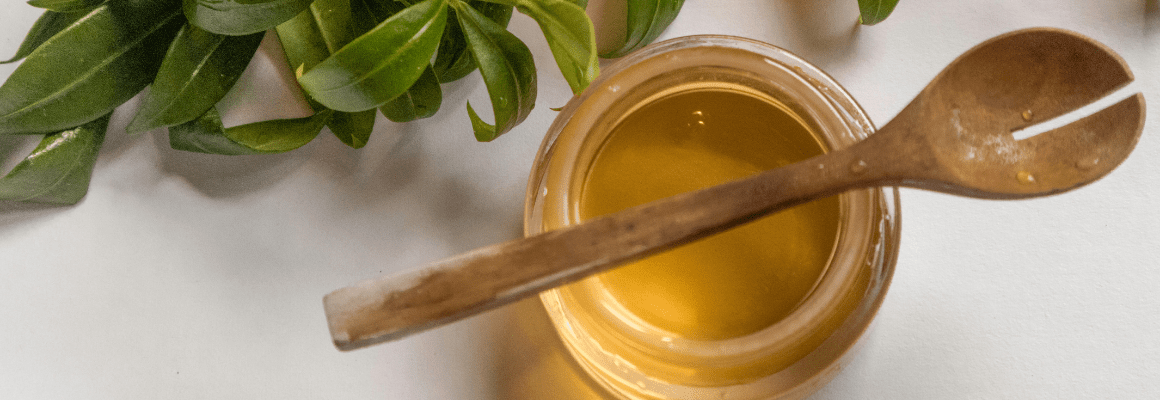Seborrheic dermatitis and psoriasis are skin conditions that have similar characteristics. While they both may affect the scalp, it’s important to distinguish between them in order to properly treat symptoms. In this post, we’ll cover the different symptoms and treatment options for seborrheic dermatitis vs psoriasis.
What is Psoriasis?
Psoriasis is a chronic disease that’s caused by an overactive immune system. This results in the skin cells reproducing faster than usual and leads to their extra build up.
The red, flaky patches with silvery scales can form anywhere on the body, including the scalp. Other prime locations include the knees, hands, feet, and elbows.
What is Seborrheic Dermatitis?
Seborrheic dermatitis is a condition that tends to develop where the skin is oilier. For this reason, it’s more likely to appear on the back, behind the ears, on the sides of the nose, and the scalp.
Some people refer to seborrheic dermatitis on the scalp as dandruff. In babies, the condition is known as cradle cap. It’s identified by yellowish, greasy, and often crusty, patches of skin.
Symptoms: Seborrheic Dermatitis vs Psoriasis Scalp
A key difference between scalp psoriasis vs dandruff is the appearance of the scales. As mentioned, psoriasis appears as thickened, red skin with silvery scales.
Seborrheic dermatitis, on the other hand, appears as greasy-looking, flaky yellow or white scales. In comparison, the scales of seborrheic dermatitis tend to be thinner and easier to remove.
Both conditions may be sore, however, psoriasis is more likely to be tender to the touch. They both may be accompanied by itchiness.
If intense scratching ensues, the skin may crack or bleed, paving the way for infection.
Finally, scalp psoriasis can extend beyond the hairline and develop in other parts of the body.
It’s also possible to have both conditions simultaneously.
What Causes each Condition?
Anyone can develop psoriasis or seborrheic dermatitis. While the exact cause of psoriasis is unknown, research suggests there is a genetic link as it tends to run in families.
Common psoriasis triggers include alcohol, stress, skin injury, certain foods, dry weather, and infection such as strep throat. Seborrheic dermatitis is more likely to occur in males. Common triggers include illness, stress, harsh chemicals, hormone changes, oily skin, and extreme weather.
Natural Treatment Options
Organic Manuka Skin Soothing Cream–the perfect natural remedy. It’s made with just six ingredients: Organic Olive Oil, Organic Beeswax, Filtered Water, Grape Seed Oil, Organic Active 16+ New Zealand Manuka Honey, and Manuka Oil Extract. We love it because of its sweet, honey smell and gentle touch. Rich in emollients, this oil-based balm is safe and effective for both adults and babies. To boost effectiveness, pair the cream with the Remedywear™ hat mentioned above.
References:
https://www.healthline.com/health/psoriasis/psoriasis-vs-seborrheic-dermatitis
https://www.mayoclinic.org/diseases-conditions/psoriasis/expert-answers/scalp-psoriasis/faq-20058544










